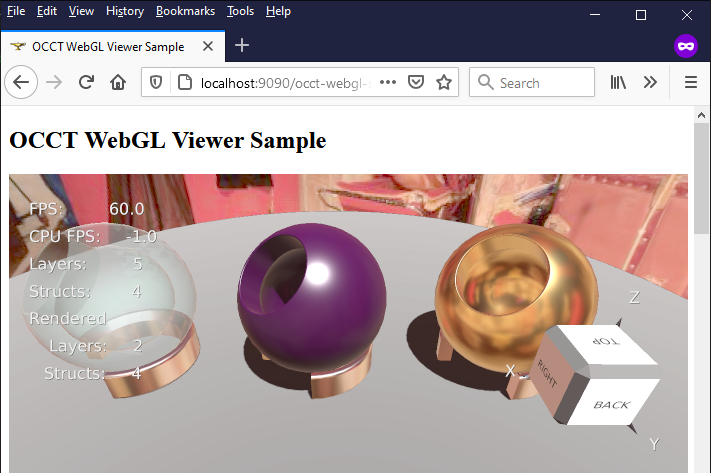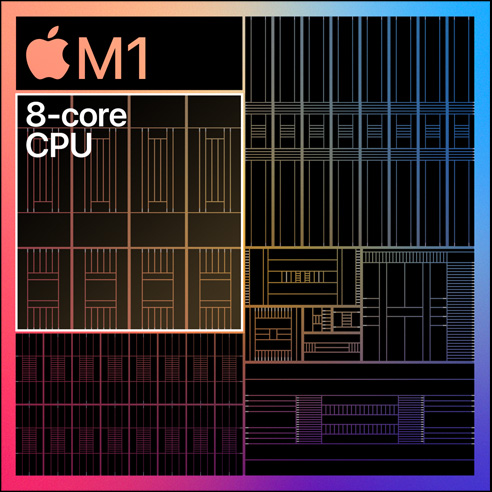Open CASCADE Technology 7.5.2 maintenance release

Fri, 04/23/2021 - 13:18
Open Cascade continues publishing Open CASCADE Technology (OCCT) maintenance releases. The next OCCT maintenance release (version 7.5.2) is prepared.
The sources of Open CASCADE Technology 7.5.2 are available under the V7_5_2 tag in the OCCT repository.
This maintenance release fixes the following critical problems:




